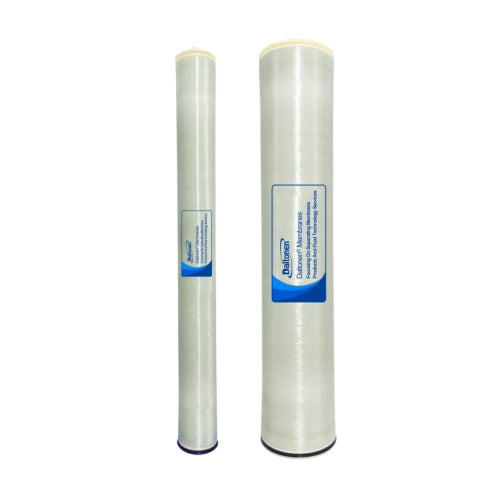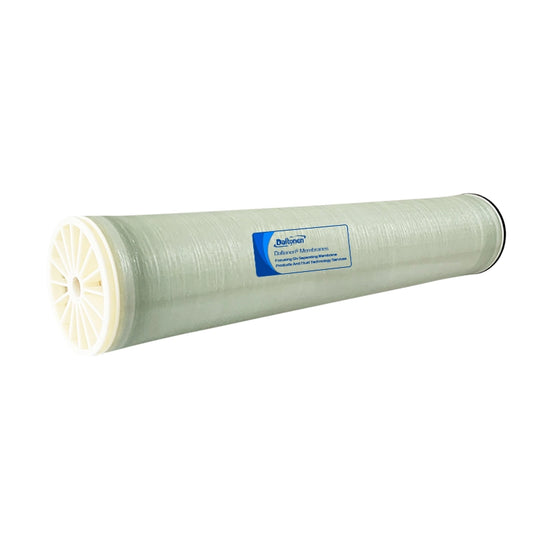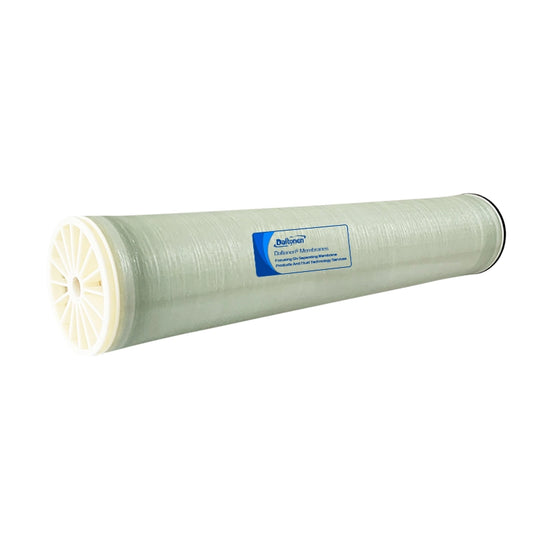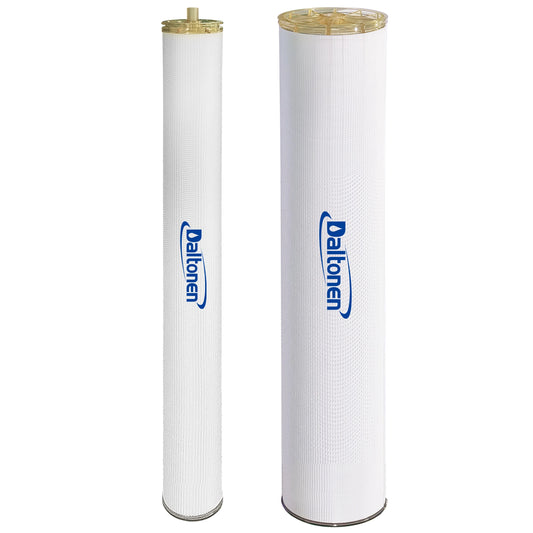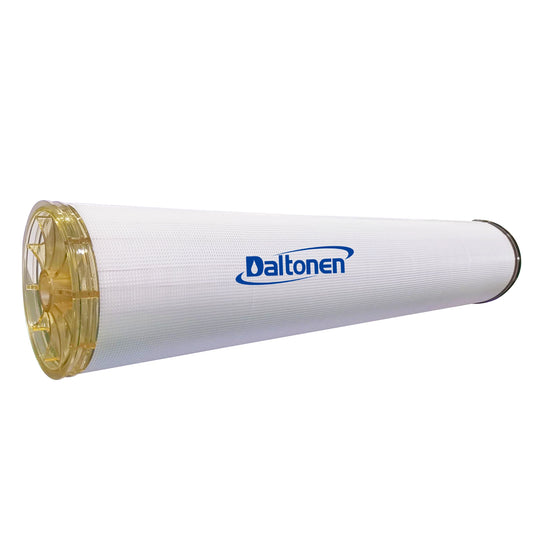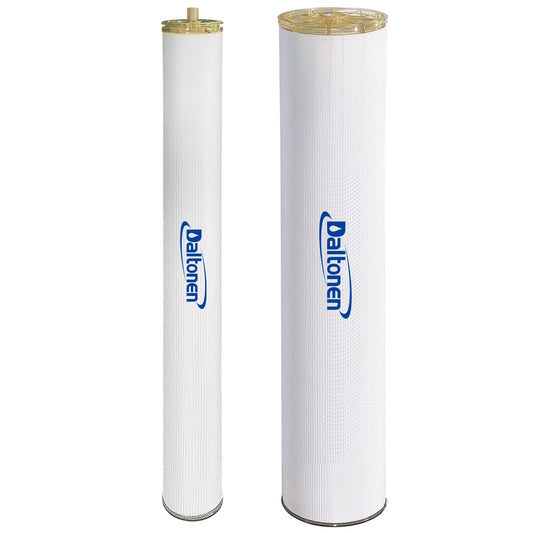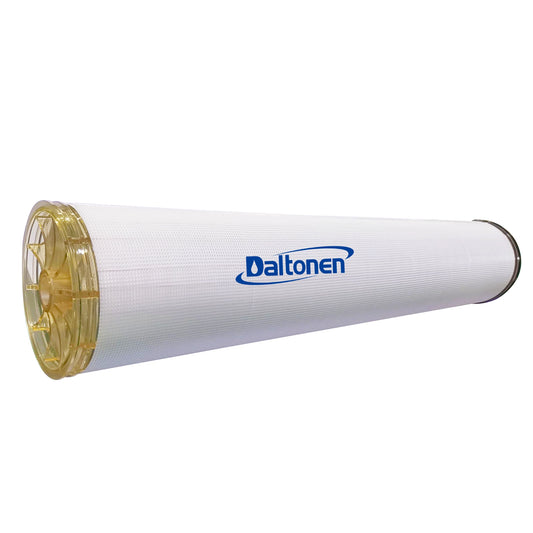Aeration Tank Design for Small-Scale Water Plants
Aeration Tank Design for Small-Scale Water Plants
1.0 Design Basis and Objectives
-
Treatment Objectives:Primarily remove ironand manganesefrom groundwater or surface water, as well as partial ammonia nitrogenand volatile organic compounds(e.g., hydrogen sulfide odor).
-
Source Water Quality:Assumed to be groundwater or reservoir bottom water.
-
Iron (Fe²⁺): 2 - 5 mg/L
-
Manganese (Mn²⁺): 0.5 - 1.5 mg/L
-
Ammonia Nitrogen (NH3-N): 0.5 - 2.0 mg/L
-
Dissolved Oxygen (DO): < 2 mg/L
-
-
Effluent Quality:Meets the pre-treatment requirements of the "Standards for Drinking Water Quality" (GB 5749-2022).
-
Iron < 0.3 mg/L, Manganese < 0.1 mg/L
-
Dissolved Oxygen increased to near saturation level, creating conditions for subsequent filtration.
-
-
Core Principle:Through aeration, oxygen is dissolved into the water to achieve:
-
Oxidation:Oxidize soluble ferrous iron (Fe²⁺) into insoluble ferric iron (Fe³⁺), forming flocs; and oxidize divalent manganese (Mn²⁺) into manganese dioxide (MnO₂)precipitate.
-
Stripping:Remove gases like CO₂ and H₂S from the water, increasing the pH value and promoting oxidation reactions.
-
Biological Action:Provide oxygen for microorganisms in subsequent filters responsible for removing iron, manganese, and ammonia nitrogen.
-
2.0 Recommended Aeration Process Options
For small-scale plants, two economical and practical aeration processes are recommended:
Option 1: Perforated Pipe Aeration + Cascade Aeration (Contact Oxidation Method)
This is the most classic, reliable, and lowest-investment option, especially suitable for small plants focused primarily on iron and manganese removal.
The flowchart below illustrates the complete process of this combined approach:
flowchart TD
A[Raw Water] --> B[Feed Pump];
B --> C[Cascade Aeration Tower<br>Preliminary Aeration/Stripping];
C --> D[Perforated Pipe Aeration Tank<br>Main Oxidation Reaction Zone];
D --> E[Flocculation Tank<br>PAC/PAM];
E --> F[Sedimentation Tank];
F --> G[Rapid Filter<br>Intercepts Precipitates];
G --> H[Clear Water Tank<br>Disinfection];

Step-by-Step Process Explanation:
-
Cascade Aeration Tower:
-
Design:Raw water is pumped to an elevated tower and then free-falls via a weir into a lower basin, with a typical drop of 0.5-1.5 meters.
-
Function:Utilizes intense water-air contact during the fall for preliminary oxygenation and strips out gases like CO₂ and H₂S. Simple structure, no power required.
-
-
Perforated Pipe Aeration Tank (Core Unit):
-
Design:Aeration laterals and mains are laid on the tank bottom; the laterals have densely spaced 3-5mm diameter holes. Air is supplied by a blowerand released as fine bubbles through these holes.
-
Parameters:
-
Aeration Time:15 - 30 minutes (determined by iron/manganese content).
-
Air-to-Water Ratio:0.5:1 - 1.5:1 (cubic meters of air per cubic meter of water).
-
Orifice Velocity:10 - 15 m/s, ensuring fine bubbles.
-
-
Function:The large number of fine bubbles provides a vast gas-liquid contact area, efficiently dissolving oxygen to complete the primary oxidation process for iron and manganese.
-
-
Flocculation and Sedimentation:
-
After aeration, the oxidized Fe(OH)₃ is colloidal. A small amount of coagulant (e.g., PAC)is added to form larger flocs.
-
Most flocs are removed in a sedimentation tank (e.g., inclined tube settler) to reduce the load on subsequent filters.
-
-
Filtration:
-
A rapid filter(with quartz sand media) intercepts remaining fine precipitates. The effluent is disinfected with chlorine before entering the clear water tank.
-
Option 2: Spray Aeration (Surface Mechanical Aeration)
-
Application Scenario:When higher oxygenation efficiency is required, or the raw water has high iron/manganese content.
-
Design:Install spray nozzlesor surface aeratorsabove the aeration tank.
-
Spray Aeration:Water is sprayed upwards through nozzles into fine droplets for full air contact.
-
Mechanical Aeration:A high-speed rotating impeller breaks water into spray and draws in air.
-
-
Characteristics:Higher oxygenation efficiency than perforated pipes, but equipment is slightly more complex and consumes power.
3.0 Key Design Parameters and Equipment Selection
|
Item |
Design Parameters and Selection Criteria |
|---|---|
|
Aeration Time (T) |
20 - 40 minutes. Use higher values for high Fe/Mn content or low water temperature. |
|
Effective Aeration Tank Volume (V) |
V = Q × T (where Q is the hourly flow rate) |
|
Aeration Intensity |
Perforated Pipe Aeration: 10 - 20 m³ air / (m² tank area · h) |
|
Blower |
Roots blower(stable airflow, low cost). Standby unit required. Airflow calculated based on air-to-water ratio; pressure must overcome water depth and pipeline loss (~50-60 kPa). |
|
Aeration System |
Perforated pipes should be made of UPVC or stainless steel; holes must be evenly distributed. |
|
Automatic Control |
Blower speed can be automatically adjusted (VFD control) based on inlet flow rate for energy saving. |
4.0 Key Design Considerations and Notes
-
pH Control:The oxidation rate of iron and manganese is highly influenced by pH. Iron oxidizes rapidly when pH > 7.0; manganese oxidation requires pH > 9.0 for a faster rate, often relying on subsequent biological manganese removalin filters. If the raw water pH is low (<6.8), consider adding limeor sodium hydroxideafter aeration to raise the pH.
-
Integration with Subsequent Processes:The aeration tank must be closely coordinated with the filter. If the contact oxidation processis adopted, the sedimentation tank can be omitted, allowing water containing iron/manganese precipitates to flow directly into the filter for deep oxidation and interception via the catalytic film and microorganisms on the filter media, simplifying the process.
-
Sludge Removal Design:Sludge hoppersand drain pipes are needed at the bottom of the aeration and sedimentation tanks for periodic manual or automatic sludge removal.
-
Ventilation and Safety:The aeration room requires good ventilation to prevent moisture damage to electrical equipment. The blower room requires soundproofing treatment.
5.0 Scheme Characteristics Summary
-
Mature and Reliable Technology:The process route is classic, operation and management are simple, making it very suitable for small-scale plants with relatively limited technical resources.
-
Low Investment and Operating Costs:The main equipment is the blower, which has low energy consumption and is easy to maintain.
-
Stable Treatment Effect:Effectively resolves iron and manganese exceedances in groundwater, improving water color and taste.
-
High Flexibility:Aeration volume can be flexibly adjusted based on changes in raw water quality (e.g., seasonal variations).
Note:This is a generic design. For actual projects, process calculations and equipment selection must be based on a detailed full analysis report of the raw water quality. For special water qualities (e.g., very high iron/manganese, high coexisting organics), pilot testingmay be necessary to determine the optimal process parameters.
